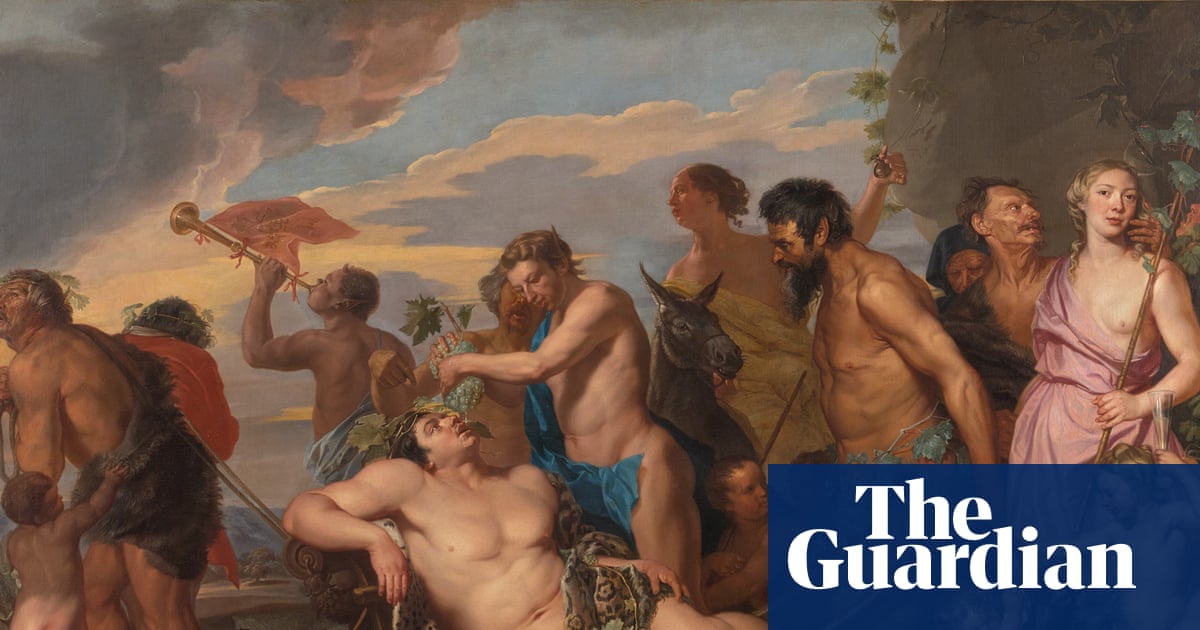
"The first time that Katljine von der Stighelen cast her eyes over The Triumph of Bacchus, it made her question her own judgement. In 1993, the Dutch art historian and Rubens expert was visiting Vienna's Kunsthistorisches museum for a conference and had asked to see a van Dyck in the archives. On her way out, she caught a glimpse of a vast, 2.7 metre x 3.5 metre oil painting of a wild and drunken parade writhing with naked bodies young and old."
"I really know my way around Flemish paintings from the 17th century, but when I saw this picture, I could not match it with anything I knew. The archivist informed her of an intriguing fact: it was believed to be the work of a woman. Three decades later, The Triumph of Bacchus is no longer hidden away in the Kunsthistorisches' archives but given top billing as the centrepiece of a new show, and its creator is no longer nameless."
"Opening on 30 September, the exhibition Michaelina Wautier, Painter for the first time gathers into one show all known works by an artist who is belatedly coming to be recognised as one of the old masters of her age. It includes monumental history paintings, portraits and still lives as well as allegorical treatments such as The Five Senses, a series of five paintings showing boys experiencing sight, hearing, smell, taste and touch."
In 1993 Katljine von der Stighelen encountered The Triumph of Bacchus in Vienna's Kunsthistorisches museum archives and could not identify its provenance. The painting measures 2.7 by 3.5 metres and depicts a wild, drunken parade with naked figures. The work was historically believed to be by a woman. An exhibition opening on 30 September assembles all known works by Michaelina Wautier, including monumental history paintings, portraits, still lifes and the allegorical Five Senses series. Two studies — of a saint and a boy with a white cravat — are newly attributed to her. The show positions Wautier as a belatedly recognized 17th-century master whose scale and subject range were unprecedented for female Baroque artists.
Read at www.theguardian.com
Unable to calculate read time
Collection
[
|
...
]